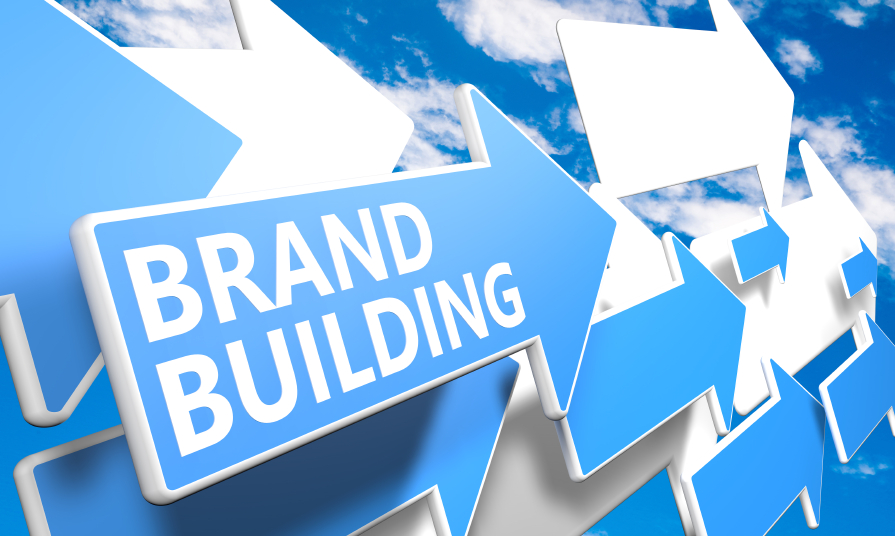 |
Q: In regards to alumni networks, how should the group be limited to those you know love your company? Some workers leave because they were involuntarily terminated, or leave for other reasons, and they may not be fans of your firm.
A: People change—Homer might give up donuts [for example]. Many firms let everyone in because the screening process just takes time, and when someone’s in an exit interview you don’t say “Amanda, sorry, we don’t want you to come back.”
But, there are firms that do “regrettable terms,” [as] they call it. If you’re leaving, you’re an above-average performer, and you have certain skills, then we want you to come back if we know where you are going. If you are going to Google, we might want you to come back because you’ll bring their ideas [and] their practices.
Normally, you have everyone join, and … you communicate more personally.
In some cases, employees are actually assigned to an alumn[us] and told to keep in touch … because [they are] top performer[s], we want them to come back (like LeBron[James]). Keep a relationship with them, and if they do come back you get the referral bonus.
Employment branding is the face of any company. Learn what your competitors may be up to with our new research report, Employment Branding Today: Putting the Company’s Best Face Forward. Learn More
Q: Could you give us some best practices for external brand development? How is it different from how you brand the company internally?
A: Well, it’s significantly different because your employees talk to you every day, they know you, [and] they hear stories. Where[as] people outside, especially those that are fully employed … don’t see job ads, they don’t see most information related to [your] company. So you have to message differently. MGM Grand, for example, actually did a survey of the targets they wanted to attract, and said “What factors would cause you to take a job?” We call [these factors] brand pillars. You have to find out what people want to hear about, and then you sculpt your message to those things. Many companies have a habit of saying “Well, we’re proud of this,” but maybe the people you are targeting don’t care about those things.
If you look at the top-value firms, in market capitalization … Apple, Google, and Microsoft are at the top of strong employer brands. There is a direct relationship, there is even a stock relationship. Firms like Apple, for example, don’t give free food, they don’t have the things that Silicon Valley has, but they have something unique—and Facebook shares that—they focus on the work. They describe the work [as] how you can change the world, how your impact is high, and so that’s a best practice example.
Maybe you don’t have all the glamor that a Google might, but you have great work, you have great tools, [and] you have great technology. Netflix, for example, showed the value of employer branding by announcing its new paternity policy where a man or a woman can take up to a year off after they have a child or adopt. That [policy] got in all the press; that built their image [and] makes it easier to attract people.
Coors and Walmart, for example, actually have a TV ad, and they do a unique thing, they say “Hey, we love working here, we love making beer, and as a result our beer is great!” So you combine products messaging and “It’s a great place to work” and you put it on TV—many, many people see it.
You can spread the message through executive blogs, [and] press interviews certainly help. You want to make sure you are visible … so when someone does a Google search, do they find best practices of your company? Especially the newer generation, they love videos. One thing we’ve found is [the newer generation] won’t read an article, but … will watch a video. Having videos on YouTube—instructional videos—tends to be very powerful, because it shows your employees know a lot—and when you know a lot about something people want to work [at your firm].
You want to spread messages on the mobile phone … most of the new generation gets … messages on a mobile phone. If you put [messages] on your website, for example, they might never see them, compared to a mobile phone message.
How do HR departments take control of employment branding in a world rife with social media? It’s all in this report: Employment Branding Today: Putting the Company’s Best Face Forward. Click Here
When you’re recruiting there’s [what] we call candidate experience. In other words, when you are recruiting someone and you treat them poorly, what happens? It turns out 42percent [of those candidates] will never seek a job with your company again because they were treated poorly, which is part of your brand image. Twenty-two percent would tell others not to work there, and 9 percent would tell others not to buy [your] product. There is a huge impact on everything you do so you have to look … even [at] the way you hire.
Internally … it’s really about sales [and] retention. [with internal branding] it’s harder to manage your employees, because it sounds like you are preaching to them. Quite often our messages aren’t authentic; they sound like they are written by PR.
Tomorrow, more from Dr. John Sullivan on employment branding topics such as talent pipelines, and jobs websites. Plus, an introduction to BLR’s latest research report: Employment Branding Today: Putting the Company’s Best Face Forward.
